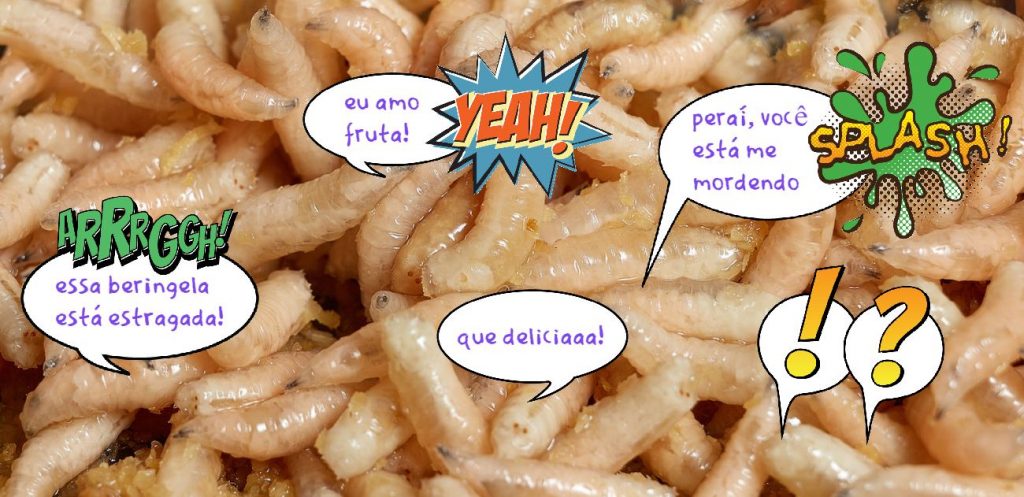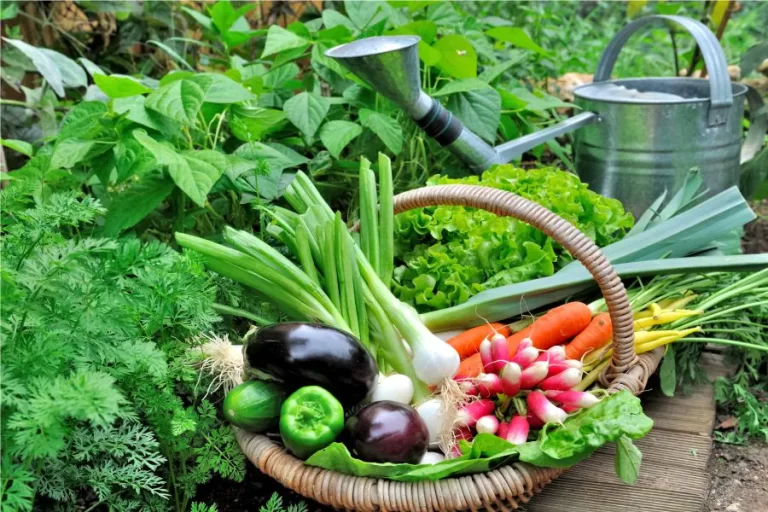Advertisements
The presence of maggots in your compost can be an unpleasant sight, but it’s important to understand whether they are actually harmful to your compost and how to manage them properly. Below, we’ll discuss the impact of maggots on your compost and provide alternatives for reducing or eliminating their presence.

Understanding Maggots in Composting
If you’ve found maggots in your compost, you’re not alone. Many composters face this problem, which is usually caused by flies laying eggs in the compost. These maggots are common and, in many cases, are not harmful to your compost.
Compost maggots typically thrive in a warm, moist environment where food scraps provide an abundant source of food. They can range in color from whitish to grayish or brownish, depending on what they are consuming. While they may be undesirable, they play a role in the decomposition of organic waste.
Alternatives to Reduce Larvae in Composting
If you are concerned about the presence of maggots in your compost, there are several strategies that can help minimize or eliminate their numbers. These alternatives are effective and can be adapted to your composting process.
Add More Dry Materials
One of the most effective ways to reduce the number of larvae in your compost is to adjust the balance between dry and moist materials. Larvae thrive in moist environments with a buildup of food scraps. By adding more dry materials, you can create an environment that is less conducive to larvae development.
Some examples of dry materials you can add include:
- Dry leaves
- Pine cones
- Tree branches
- Tree bark
- Straw
- Sawdust
- Corn stalks
- Newspaper, paper towels and coffee filters (avoid heavily dyed or varnished materials, such as magazines and pamphlets)
- Corrugated cardboard (uncoated or varnished)
Also, avoid adding materials that produce excessive moisture, such as fruit and vegetable scraps, eggshells, and animal manure.
Increase Compost Acidity
Another option is to adjust the acidity level of your compost. Maggots and flies don’t like acidic environments, so increasing the acidity can help control their presence. You can add lemon juice or citrus waste to increase the acidity of your compost. Be sure to monitor the final result to ensure that the quality of your compost isn’t compromised.
Placing Screens in the Compost Bin
Covering the ventilation holes in your compost bin with mesh screens is a simple measure that can reduce the number of flies entering and, consequently, the number of larvae. Although composting requires good airflow, covering the compost with mesh screens will prevent flies from laying their eggs in the compost.
Use Chickens
If you have chickens, they can be a natural solution to your maggot problem. Chickens love to eat maggots and can help control their population effectively. Plus, your chickens’ consumption of maggots helps reduce the amount of organic waste in your compost.
Accepting the Presence of Larvae
Finally, it may be helpful to take a more relaxed approach to maggots in your composting. Rather than trying to eliminate them completely, consider that they can play a positive role in the decomposition process by helping food break down more quickly. If you create a comfortable and welcoming environment for them, maggots may even become allies in your composting.
Maggots in compost are a common occurrence, and while they may seem unsightly, they are often not detrimental to the composting process. By taking steps to adjust the balance of dry and wet materials, increase the acidity of your compost, use screens to protect your compost bin, and consider natural solutions like chickens, you can control the presence of maggots and optimize the efficiency of your composting. Keep in mind that in some cases, accepting the presence of maggots can be a practical approach to a more effective composting system.
Check out other interesting facts about recycling clicking here.
Learn how to make art by recycling, Click here.




I ACTUALLY PUT WOOD ASH IN, THERE IS A PROBLEM!
Odilon, wood ash can be used in composting to enrich the material and speed up the decomposition of materials. It contains nutrients such as calcium, iron, magnesium, potassium, phosphate and trace minerals. The presence of ash can keep away some unwanted animals, making it useful as a natural pest repellent, but I don't have specific information about larvae. Since you are using it, please tell me what you have found.